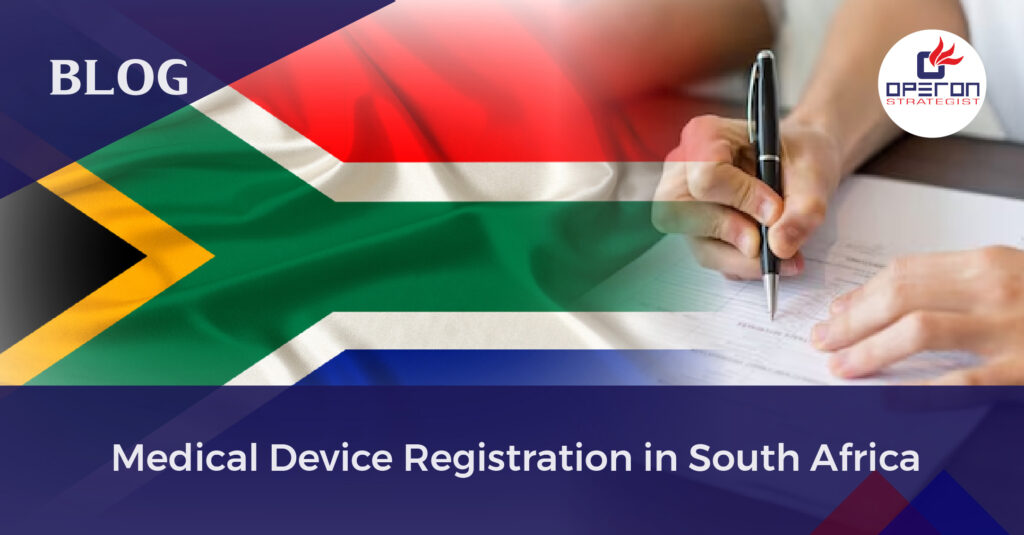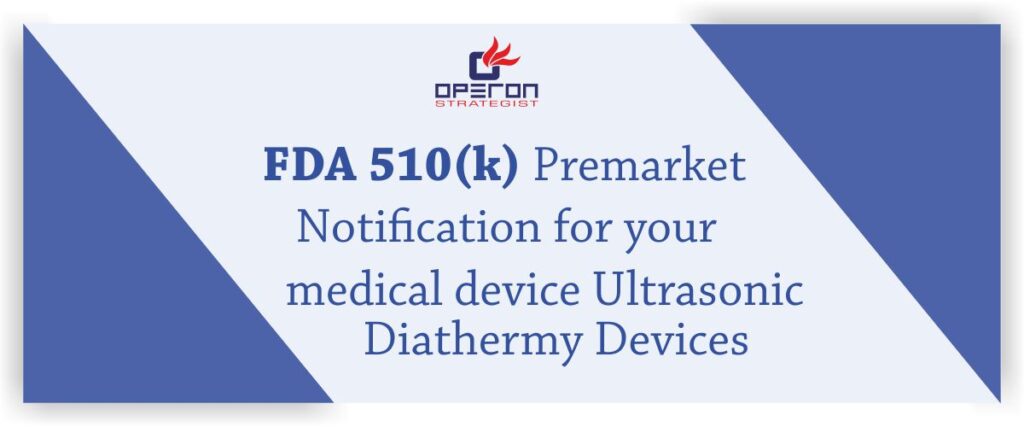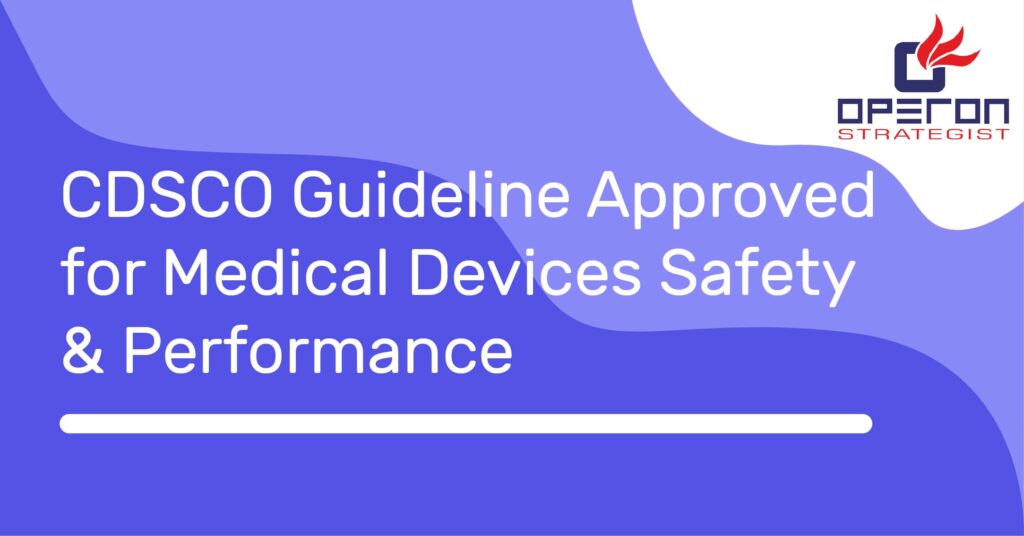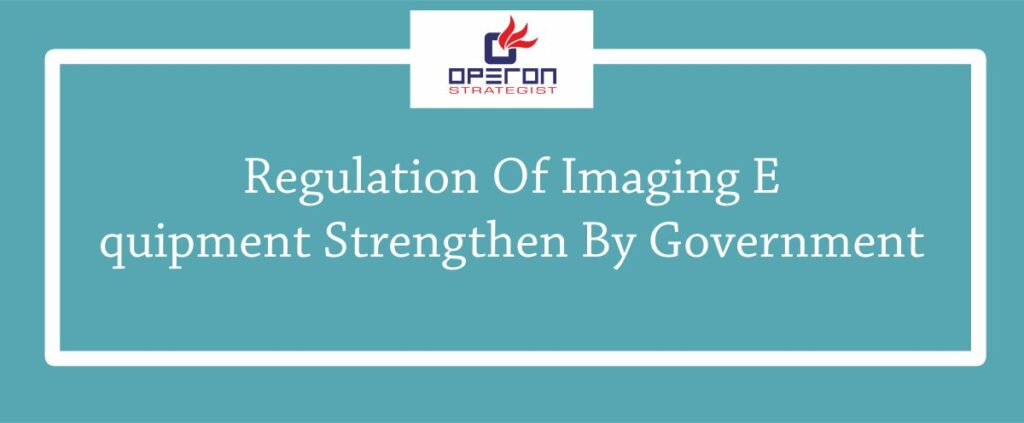For Medical Device Registration In South Africa, the South African government has established a new agency to manage the new medical device and pharmaceutical regulatory systems being produced in the country. As indicated by the South African Institute of Race Relations, the life anticipation in 2009 was 71 years for a white South African and 48 years for a black South African. Healthcare spending in the nation is about 9% of GDP.
About 84% of the population depends on the public healthcare system, which is beset with chronic human resource shortages and limited resources. About 20% of the population uses private healthcare. Only 16% of the population is secured by medical aid schemes. The rest pay for private care out of pocket or through in-hospital-only plans. The three dominant hospital groups, Mediclinic, Life Healthcare, and Netcare, together control 75% of the private hospital market.
As of June 2017, the South African Health Products Regulatory Authority (SAHPRA) has come into being, although its full scope of activities will only be implemented over the next few years. The origins of SAHPRA are from the Medicines Control Council (MCC), and SAHPRA will regulate both medicines and devices (including IVDs). Combination devices that have in the past been managed as medicines will in the future fall under device regulations. SAHPRA will be an independent state-owned entity, which is to be built up over the next few years.
There are two types of licenses
- Manufacturer (manufacture, label, service, import, export) or
- Distributor (import, distribute, export). A distributor license would only apply where the device when imported bears the name and address of the registration holder (in South Africa).
Expansion of a label with the registration license holder’s name is classified as a manufacturing activity.
Classification Of Medical Device Registration in South Africa:
South Africa has a risk-based classification strategy, based on the GHTF scheme. Organizations that handle Class A devices are excluded from the requirement to apply for a license, yet having a license may be useful in encouraging the import of the devices.
In the approach for a license for Class B, C, and D devices, the following requirements apply:
- Class B – gives a free sales certificate from the nation of origin.
- Class C and D – give evidence of market approval in one of the following markets: Australia, the US, the European Union, Brazil, Canada, and/or Japan. The enrolling holder must also hold a copy of the technical file.
ISO 13485 Consultation
Operon Strategist
- We have technical expertise in Medical Devices. We assist manufacturers in setup QMS and training employees
The application incorporates a declaration that the basic elements of a quality administration system are set up. Within the next few years, this will change to a formal prerequisite for a QMS certified to ISO 13485.
Medical Device Registration In South Africa
One year after the initial licensing period ends, Class D devices will be called up for registration, and one year later, Class C devices will be called up for registration.
There might be just a single enrollment holder of a device, so if there is more than one distributor, one must be the enrollment holder as manufacturer or distributor, and the others would be wholesalers, provided by the registration holder.
One further interesting aspect of the Medical Device Registration In South Africa is that an Authorised Representative must be scheduled, and must be a natural person based in South Africa. As one representative is required for each site where the organization carries out its business. The agent is in charge of adherence to the regulations.
-
adminhttps://operonstrategist.com/author/admin-2/
-
adminhttps://operonstrategist.com/author/admin-2/
-
adminhttps://operonstrategist.com/author/admin-2/
-
adminhttps://operonstrategist.com/author/admin-2/




